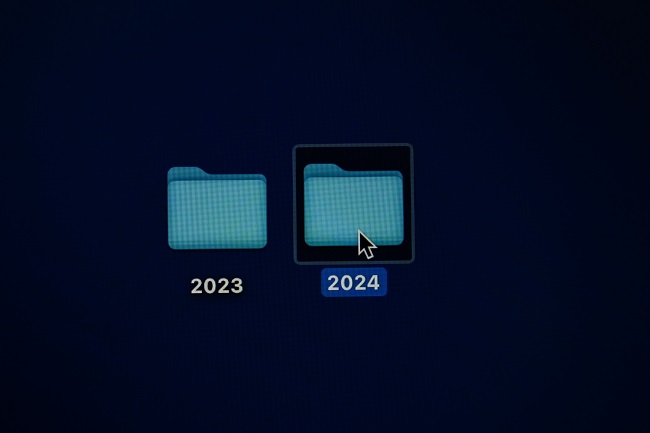
This article was first published in the Globe and Mail on December 30, 2023. It is being republished with permission.
by Tom Bradley
As 2023 comes to an end, there is no shortage of negatives to focus on. The wars in Ukraine and Gaza have no end in sight. China is getting ever more isolated from the West. Governments are assaulting bond investors with a constant supply of new issues to fund their deficits. And Canada’s mortgage refinancing cycle, which will be painful for many households, is accelerating.
While these risks dominate the business news, it’s important to remember that capital markets are a synthesis of all types of factors – positive, negative, short term, long term, transitory and enduring. All come into play.
A former business partner used to say to me that “when the news is bad, you have to look harder for the positives.” In that vein, my focus here is on what happened in 2023 that could be good news for your portfolio in 2024.
Inflation is reasonable again. We don’t yet know how low inflation will go, or how stable it will be, but the battle has largely been won. The Consumer Price Index is back close to the Bank of Canada’s target and still dropping, which should allow interest rates to sustain recent declines, or even extend them.
More normal rates have made some financial products great again. Namely, money market funds, GICs and annuities. Also improved is the outlook for Canada’s most popular portfolio – 60% stocks and 40% fixed income. Expected returns for both the 60 and 40 are attractive.
Valuations on non-magnificent stocks are reasonable. The Magnificent Seven – Apple, Amazon, Alphabet, Nvidia, Meta, Microsoft and Tesla – carried the stock market in 2023 and have been accorded magnificent valuations to match. Meanwhile, the other stocks grinded out a modest return and carry more subdued expectations. The market is now trading at a median price-to-earnings ratio of 15-16 (by definition, half the market is below that multiple), which reflects limited growth and an uncertain profit outlook.
We're not a bank.
Which means we don't have to communicate like one (phew!). Sign up for our Newsletter and Blog and join the thousands of other Canadians who appreciate the straight goods on investing.
We enter 2024 with a more appropriate level of skepticism. This is particularly the case with China, Canadian banks and private assets. Analysts’ estimates for China-related businesses no longer assume rapid economic growth and a benign business environment. Nor do estimates for Canadian banks. The Big Five are as powerful as ever, but investors are increasingly aware that their most important customer, debt-laden Canadians, have overindulged. Growth and dividend increases will come less from growth and more from cost cutting. And 2023 took the shine off private assets. Values were reduced, new funding became harder to come by, and some funds were forced to close for redemptions.
Every company is a technology company. Artificial intelligence has sucked most of the air out of the technology conversation, but there’s exciting progress being made by ordinary companies (and governments) as they digitize with more established technologies. Product quality and customer service are improving, and costs are coming down, both of which are good for profit margins (and deficits).
Alternative energy is more competitive. It may not feel large enough or fast enough, but immense amounts of capital and brain power are being dedicated to inventing and building clean energy solutions. Corporations are ahead of governments on this, and venture capitalists are ahead of corporations. If you’re disappointed with the progress being made, just wait a few minutes and you might revise your view.
The Canadian investing ecosystem will be better than it was last year. The annual contribution limit for the Tax-Free Savings Account was increased to $7,000, and most dealers now offer the First Home Savings Account, which capture the best aspects of TFSAs and RRSPs. There’s progress on industry plumbing, too. Provincial regulators are pushing ahead with more disclosure requirements around fees, and the federal government is requiring that all banks use the Ombudsman for Banking Services and Investments for dispute resolution, as opposed to doing it internally.
There’s no doubt that 2024 will be an eventful year, with plenty of positives and negatives, and a few big surprises. If you’re not prepared, all have the potential to take you off course on your investing journey. So, make sure you go into the year with a plan that you’re committed to, and don’t forget to look for the positives.

